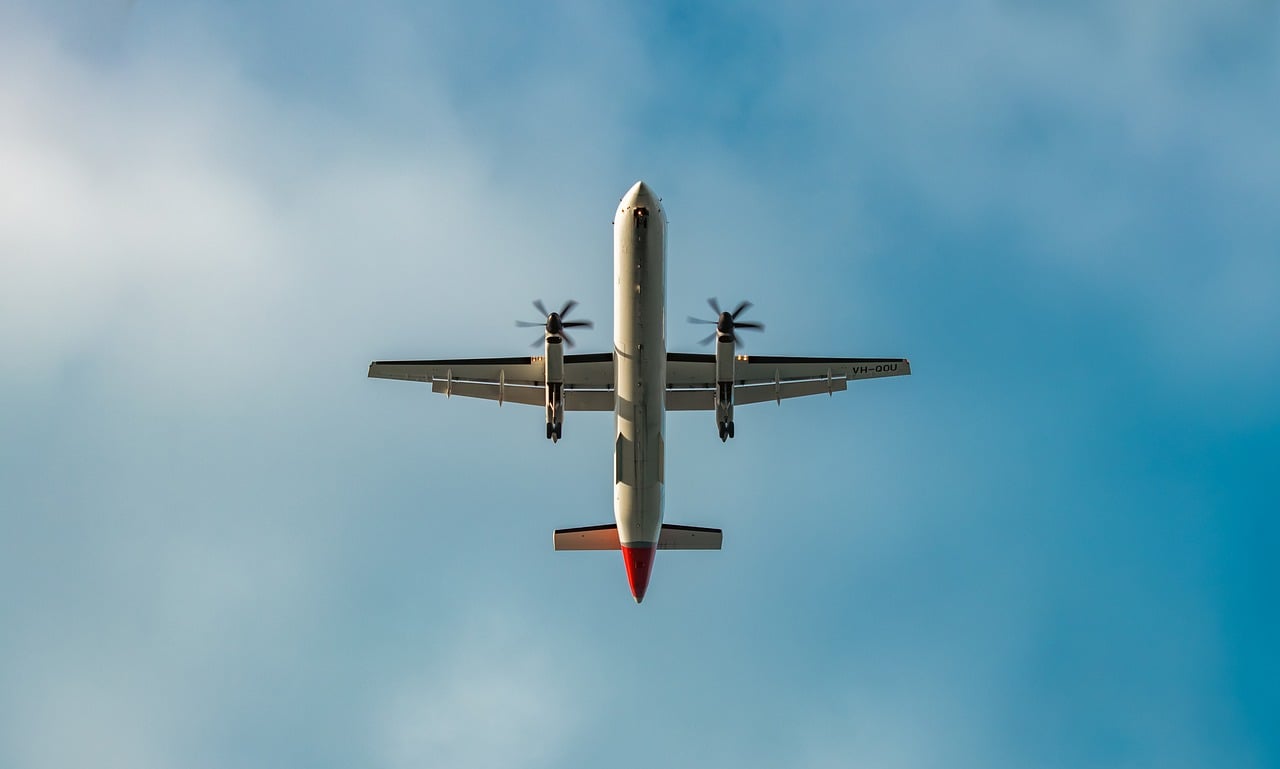Q COSTARICA — It is undeniable. The Greater Metropolitan Area (GAM) is facing a significant issue with its urban mobility. The roads are congested with excessive numbers of cars, and there are limited options for mass public transportation.
The Rutas 1, 2, and 27, the three major arteries in and out of the GAM, are heavily congested from early in the morning to evening. Weekends are no better. The same on the Ruta 39 (Circunvalacion). Every day. And this is without any major crashes occurring.
If she wins the 2026 presidential elections, Claudia Dobles, a pre-candidate for the Partido Acción Ciudadana (PAC), would once again attempt to build an electric train with five routes and a cost close to US$1.5 billion dollars.
– Advertisement –
In a video posted on her Facebook account, Dobles celebrated the decision of Rodrigo Chaves’s government to move forward with the construction of two lines during this administration, to which she responded: “We will finish the other three.”
“I’m glad the electric train project is being revived. Same layout, same financing, same technology (as that introduced during her husband’s presidency). However, a considerably smaller project with 30 fewer kilometers. In the original project, we had five lines; this project has two, has fewer frequencies, less equipment, and of course, based on that, there’s a decrease in costs. Curiously, the cost per kilometer between the original project and this project hasn’t decreased,” Dobles said.
Dobles’ position marks a direct contrast with the strategy followed by the current government.
After shelving the project promoted by Carlos Alvarado’s administration (2018 and 2022) —of which Dobles was one of the main architects in this area — the Chaves administration is preparing to unveil a reduced version of the plan, which includes only the Cartago and Alajuela lines.
The cuts also affected the scope of the service: from 70 trains originally planned, the current proposal contemplates the purchase of only 28 units, while the rush-hour service frequency has been reduced from five to ten minutes. Furthermore, the overall route has been reduced by 30 kilometers, according to a report by La Nación this week.
“I am glad that after three years of shelving the project, the administration wants to move these two lines forward in the remaining 11 months. We will finish the other three,” Dobles added.
– Advertisement –
Lower cost
According to a statement made by the Costa Rican Railway Institute (Incofer) to its board of directors, the Chaves administration’s project would cost close to US$800 million dollars.
Of that, US$550 million would come from a loan from the Central American Bank for Economic Integration (CABEI), which includes US$250 million previously approved by the Green Climate Fund during the Alvarado administration, and another US$250 million would be financed by the European Investment Bank (EIB).
The timeline proposed by Incofer projects that the financing bill will reach the Legislative Assembly in the third quarter of 2025, with bidding opening in March 2026 and the awarding of contracts finalized by the end of that year, with construction starting in 2027 and the first two lines operational by 2030.
The Alvarado administration’s original project contemplated an investment of nearly US$1.5 billion, five train lines, and an annual subsidy of between US$50 and US$150 million. In the current proposal, the government estimates that the subsidy would be approximately US$10 million annually.
– Advertisement –
More roads don’t solve traffic problems
Investing hundreds of millions of dollars in road infrastructure to reduce traffic congestion will never solve this problem, despite the temporary relief provided by the completed works, as previously stated by Emma Grün, Regional Leader of Cities and Urban Design for Gensler Latin America.
The expansion of roads generates an effect known as induced demand, which basically indicates that building more road projects encourages people to use their cars more.
Read more: 5 tips for surviving Costa Rica’s traffic congestion with peace of mind
“Increasing road infrastructure may temporarily alleviate congestion, but it is not a sustainable solution. Various studies show that, as roads expand, more people prefer to use their cars, often with only one occupant, encouraged by the perception that the trip will be faster and more comfortable,” said Grün.
In just over 20 years, the Costa Rican vehicle fleet has almost tripled, which has deteriorated the quality of life of Costa Ricans as they spend more and more time stuck in traffic congestion.
At the beginning of this century, the national insurer, the Instituto Nacional de Seguros (INS) collected 607,000 Marchamos (annual circulation permit), while last year, the number was 1.8 million.
The data supports this reality. According to the 2024 Competitiveness Index, drivers in Costa Rica can lose between 3 and 8 minutes for every 100 meters traveled in road congestion. In Orotina, for example, the worst average time is recorded: 7 minutes and 33 seconds to travel just one block.
Read more: Traffic congestion affect the heart, blood pressure, and mental health
However, congestion affects almost the entire country.
Cantons such as Santa Ana, Heredia, Alajuela, Escazú, San José, and Curridabat report time losses ranging between 3 and 6 minutes for every 100 meters.
Beyond the lost time and its impact on productivity and employment, daily traffic jams also affect the physical and mental health of the population.
– Advertisement –
Source link
Rico



